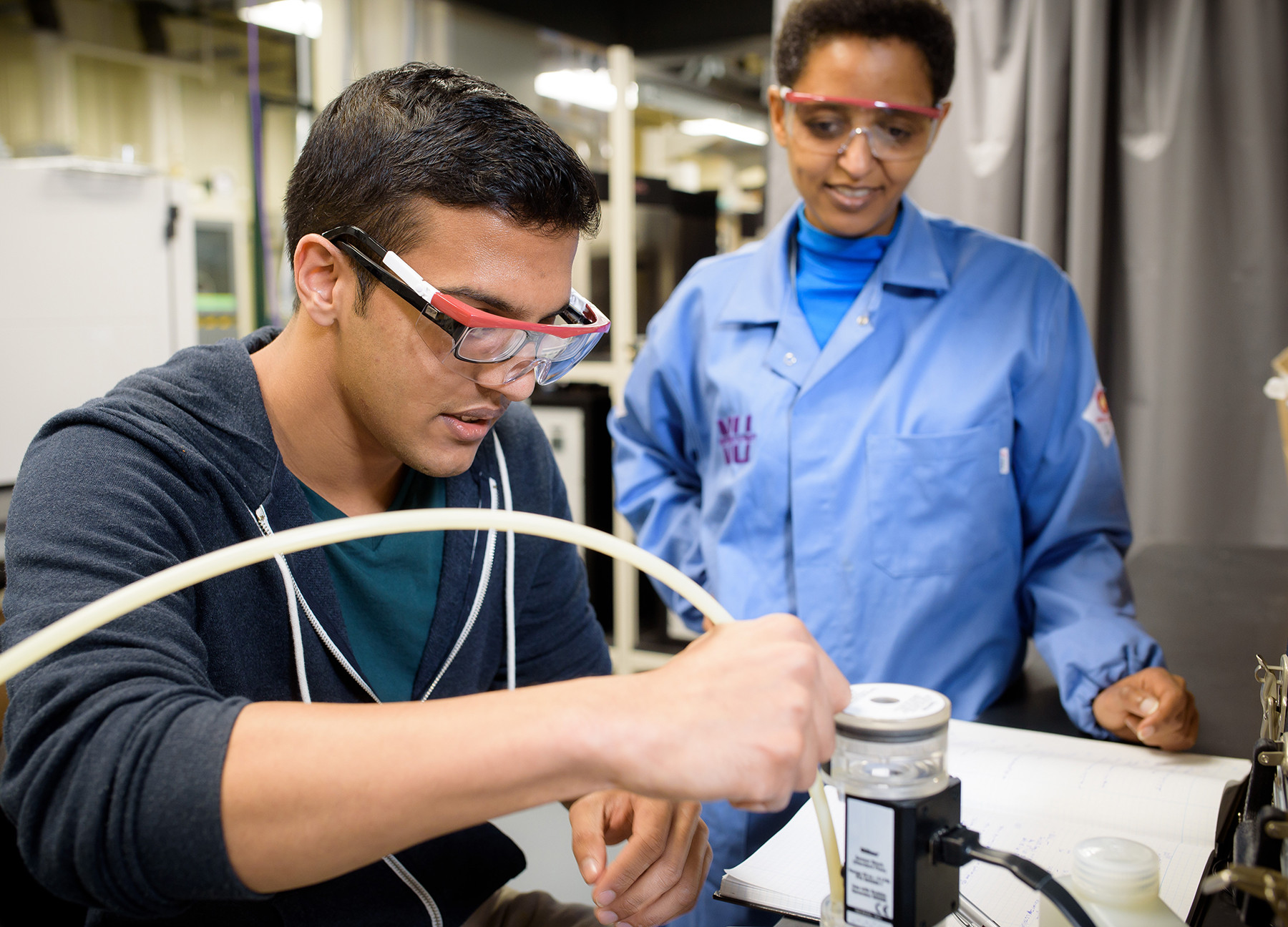Materials scientist and engineer Sossina Haile couldn’t have predicted that the cost of solar and wind energy would plummet in recent years, or that places like California would start paying customers to take electricity because their supply outstripped demand. But once those things happened, she had a solution.
Haile’s team developed a way to convert electricity into hydrogen, store it and convert it back to electricity when more is needed. This breakthrough offers a way to rebalance, and even stabilize, the U.S. energy grid.
“That’s the benefit of doing work on fundamental materials,” says Haile, a professor in Northwestern’s McCormick School of Engineering and co-director of the Institute for Sustainability and Energy at Northwestern (ISEN). “You can switch gears because you understand the properties of your materials and their potential applications.”
Equipped with this technology, a storage company could take excess electricity from ComEd or PG&E, for example, and store it as hydrogen, Haile says. And when ComEd needs more electricity to power its customers’ air conditioners in the middle of summer, it would pay that storage company to convert hydrogen back to electricity. “That firm will make a killing,” Haile says.




Reader Responses
Just amazing! Looking forward to more news from prof. Haile.
—Carlos Guillermo Leon '94 MBA, Santo Domingo, Dominican Republic
Amazing! Great insights driving meaningful solutions. I would love to meet her.
—Gwen Cohen '82 MBA, Chicago, Ill.
Simply, WOW.
—M M Mullins '68, Lexington, Ky.
No one has commented on this page yet.
Submit a Response